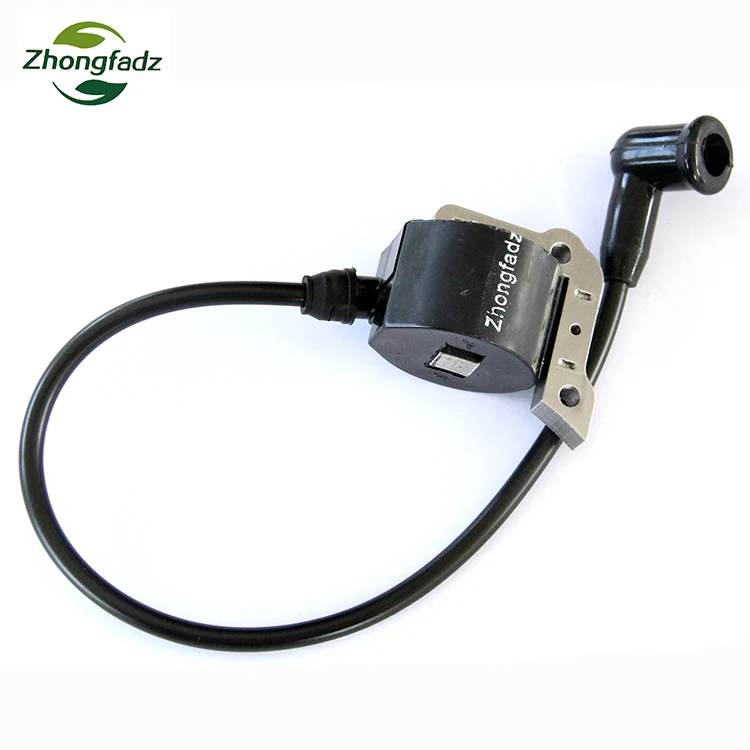Ignition Mac
introducing e-mag
Ignition Ignition starfill starfill Home rectanglestackfill rectanglestackfill Apps infocirclefill infocirclefill Info Popular apps Unc0ver 6.0; Version 1.0. Cancel 306 apps available 201617nbaapp. Modified: 01-March Size: 63.31 MB. Modified: 01-March Size: 34.59 MB. ENGINERUN Ignition Coil Module Set- Ignition Kit Compatible with Husqvarna 61 (Old) 162 166 266 Jonsered 630 670 Chainsaw Replaces OEM 501516201 $27.40 $ 27.

Operations Status 3/25/2020:
During the current virus outbreak, production operations are continuing, albeit with some understandable limitations. Customer phone and email inquires are handled off-site, where automated phone messaging may or may not be enabled. The main phone number 817 444 5310 will transfer off-site during normal work hours. If you have difficulty getting thru, a direct line for off-site service is 817 760 0265 (cell and text number). We sincerely apologize for any inconvenience you may experience.

- E-MAG’s are the exception. They have a purpose-built electronic ignition, mated with a built-in permanent magnet alternator. E-MAGs automatically shift between the internal alternator and external (aircraft bus) power as needed – no operator action required.
- Ignition Lyrics: Start it up / Turn it on / We can ride this storm / A grip of hope in our hands / For the coming dawn / Up to our necks in complexities / Causing us to pause / As we collect our.
- Song 'Ignition' by 'TobyMac'. Requested by: dsjd12 Copyright Disclaimer Under Section 107 of the Copyright Act 1976, allowance is made for 'fair use'?
Please Note: The off-site cell reception may be weak on occasion.
[more below – scroll down]
The Power of E-MAGination
It’s surprising to many that traditional mechanical magnetos are still the industry standard aircraft ignition. The reason is simple but significant. Magnetos have one important property that makes them so attractive and appropriate for aviation. They make their own electrical power. They’re immune to interruption of the aircraft electrical bus. Their down-side is they produce limited spark energy and they have fixed timing. But in terms of independent power – magnetos have it right.
Ignition Machination
“I love the fact that they are self energizing like standard magnetos, and can stand alone from the aircraft’s electrical system. Timing them is so easy it’s hard to believe.” Danny King, flying (and with his) “Beautiful Doll”, DUAL E-MAGs
Efficiency
Ignition Machine Monitoring
Most electronic ignitions are the polar opposite – in terms of features. They have greater spark energy as well as variable spark timing. These two basic changes can improve efficiency (fuel consumption) in the range of 10% to 15%. As impressive as that is, all electronic ignitions share one critical vulnerability. Unlike magnetos, electronic ignitions are dependent on a functioning power supply.
“Timing is so easy that my ‘magneto’ friends just shake their heads and smile.” Steve Emley, flying Long EZ with DUAL E-MAGs
Essential Redundant Power

E-MAG’s are the exception. They have a purpose-built electronic ignition, mated with a built-in permanent magnet alternator. E-MAGs automatically shift between the internal alternator and external (aircraft bus) power as needed – no operator action required. With two sources of operating power, E-MAGs have the kind of electrical redundancy that’s so desirable [essential] for aviation applications. A dual E-MAG installation is actually triple redundant, and does not require supplemental emergency power provisions (i.e., no need to keep an old-fashion magneto).

did you know?
No single change will require as little time, as little effort and as little investment – and have as much effect on performance, economy and reliability as upgrading to electronic ignition!
After installing DUAL E-MAGs (RV4, O-320) . . . “The efficiency improvement becomes dramatic when leaned for normal cruise. At 75 percent power (23.5 inches manifold pressure, 2,400 rpm, and 145 KIAS), fuel flow settles at 8 gph (down from 9.0 gph with mags). At a more economical 65 percent power (22 inches mp, 2,200 rpm, and 135 KIAS) fuel flow drops all the way to a miserly 6.0 gph.”
Dave Hirschman, editor at large – AOPA-Pilot Magazine